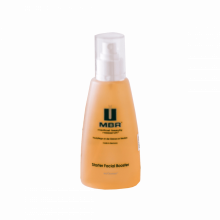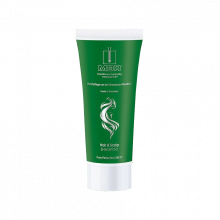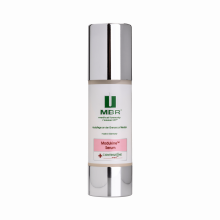Skin as a Regulator of Body Temperature
Our skin plays an essential role in maintaining a normal core body temperature.
When the body overheats, fewer nerve impulses are sent to the blood vessels in the skin. This causes them to dilate, increasing the flow of warmth to the skin where it is cooled, promoting heat loss. Sweat glands are also activated, excreting waste in the form of a salt-rich substance that evaporates off the skin’s surface, accounting for up to 90% of the body’s cooling.
Conversely, a similar process exists to warm the body up—fat cells in the skin act as insulation against cold temperatures. When the body becomes too cold, more nerve impulses are sent to the blood vessels in the skin, causing the vessels to narrow. This restricts blood flow to the skin and reduces heat loss. Numerous temperature sensors in the skin also stimulate the skeletal muscles, causing brief muscular contractions, known as shivering, that generate heat.
Products providing optimal hydration in cold weather
The skin also possesses remarkable self-healing properties, especially when only the epidermis is damaged. When the injury occurs to an area of the body with a rich blood supply, even the dermis may be completely healed. In addition, the process of scar formation heals deeper wounds that penetrate the underlying tissue. Scar tissue, however, lacks the infection-resisting and metabolic functions of normal, healthy skin. Because of this extensive skin loss why widespread burns or wounds may even lead to death.






